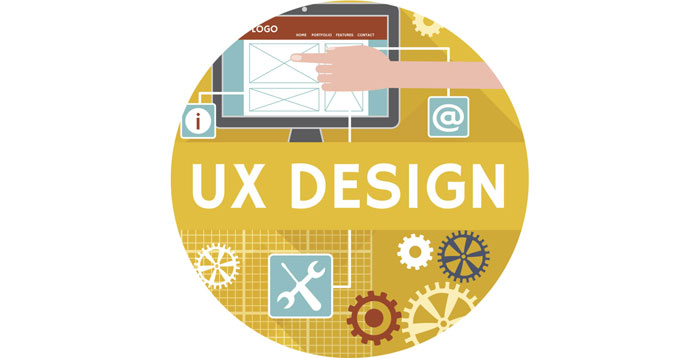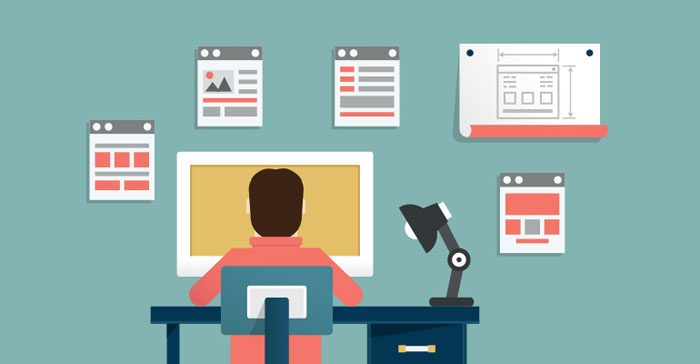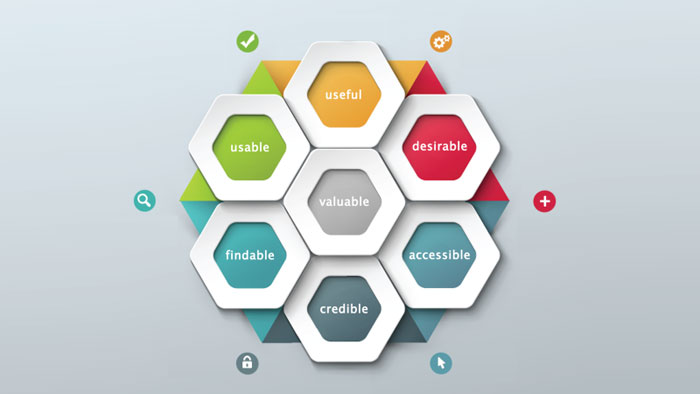Have you ever wondered at what point within the literal universe we actually manage to process the incredible amount of data found online?
Well, the answer is nowhere, and it is precisely why the online universe is such an innovative environment. It also explains why UX has always been so essential for the design of appealing and attractive online platforms.
In fact, UX (or user experience) seems to be something which is wholly necessary for the creation of a top quality website, but also something which very few users understand. Yet, every internet user has had at least one bad encounter online, so they do know what it feels like.
The term ‘UX design’ is used to refer to the approaches and methods employed to make sure that a website is entirely tailored and customized for its target market. If an online platform does not appeal to a certain type of audience, it is likely to be quickly forgotten.

The effectiveness of an online platform is dependent on one key factor, and this factor is user experience. To put it simply, customer satisfaction is everything. A website must be easy to navigate, simple to operate, and offer a user some kind of unique benefit or advantage. Without an angle or a strong selling point, a website can very easily fail.
It is the responsibility of a UX specialist to come up with ideas which increase the usability of a website. It is the job of this professional to make sure that all available content is pertinent, relevant, and valuable – otherwise, what reason would users have to interact with it?
Its importance

From a design perspective, UX is every bit as essential as the aesthetic components of a website. You could have the best looking online platform or app on the market, but if customers cannot quickly learn how to utilize it, they will leave it behind.
Whilst UX plays a vital role in the development of all digital resources, its importance is increased when it comes to tools like websites and applications, internet promotion for young enterprises, and some specific corporate tasks.
For intricate or in-depth websites, it is especially valuable, because the target audience does need to be able to learn how navigate online content as quickly as possible. If the need for planned and carefully thought out UX approaches is not acknowledged, it is likely that a website will become untidy, chaotic, and overly difficult to navigate.
In regards to intricate online platforms, retail websites do tend to be some of the most complicated. They have two primary functions; the first is to provide potential customers with a satisfying browsing experience, and the second is to make purchasing products very simple and fast.
The importance of UX is even bigger for young businesses and start up enterprises, because they usually lack a robust reputation to fall back on. In fact, their chance at future success is generally pinned on the quality of their online platforms, as they provide potential customers with an enduring first impression.
Yet, the same principle can be associated with businesses who operate only small budgets. If you get your UX approaches right, they can be used to boost the speed of growth and expansion, making for larger budgets in the future. The truth is that a user makes the decision to accept or reject an online app or resource within mere seconds – you have to grab the attention fast, and keep hold of it.
UX in the design process

The question is, how do website managers and business owners begin constructing suitable UX approaches for their online platforms?
Well, the process must begin with the notion of cooperative creation. In other words, giving a broad range of specialists the chance to work together, with the shared objective of fixing challenges. A top quality team will collaborate, in order to create a mutually agreed upon set of objectives, visuals, principles, and more.
It is important, for example, to consider how you want visitors to feel when they interact with certain types of website content. Do you want them to feel sympathy, delight, fear, guilt, affection, surprise, or shock?
Once you know what emotion each content component is intended to provoke, you can start to test their effectiveness. It is equally important, at this stage, to honestly decide whether or not the right emotion was stimulated, whether it was strong enough, what benefits it could have, and whether or not the experience could be considered a ‘universal’ one for all users.

You should not forget to ask questions of the brand too. For example, does it stand up to those of rival companies? What do it actually say about the business it promotes, and could it say it more robustly?
What it isn’t or can’t do

The fact of the matter is that not all UX approaches will work for all types of customer, because people differ in so many ways. A particular promotional technique might work wonderfully for one user, but have very little impact on another. This means that it is always more successful to create for specific encounters and encourage specific actions, than try to force an unsuitable approach on an unwilling audience.
It is also not possible to imitate the UX approach used for another online platform, because all websites offer a user experience which is unique to them. If you do not cater for the products, resources, skills, tools, and benefits of your own enterprise, you cannot expect to hold the interest of new visitors.
It is equally impossible to calculate the value of an online platform with the sole use of data like bounce figures, page visits, and conversion statistics. It is okay to generate estimates, and even to request help from users, but there is as yet no tool which can directly process user encounters.
Whilst usability and UX have become increasingly intertwined, they are not the same thing. The UX based approaches are designed to consider how a user feels about a particular service or online resource, but usability levels refer to how quickly and easily they can learn how to operate an online platform.
Ending thoughts
If you want to guarantee a superb UX, you need to learn how to fulfill the precise desires of your users, with the minimum of effort. The best quality tools and resources are created via the use of techniques and processes which avoid unnecessary complexity – they are simple, but still sophisticated.
To help make the difference between the two clear, use the following definition. It is the case that usability is a key characteristic of UI, because it deals with whether or not the platform is simple to navigate, enjoyable to encounter, and valuable to interact with. It is important to remember that UX is a very wide ranging subject, and it can sometimes be a tricky one to understand.
You will definitely like these articles

Source: http://ift.tt/1bJ221M
